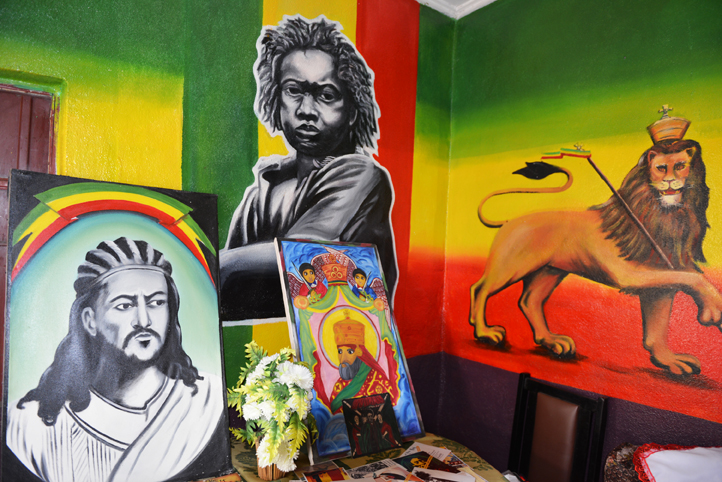
Aleema Gray on pioneer Rastafari filmmaker D Elmina Davis
04 January 1995
“WHAT does it mean to be Black? What does it mean to be a Black woman? And what does it mean to be a Black Rastafari woman?” In this essay, curator and academic Aleema Gray re-evaluates D. Elmina Davis’s 1988 documentary film Omega Rising Women of Rastafari in the context of the 1980s and the British Rastafari movement.

Rastafari is a valid religion, Catholics are told
19 January 1982
IT WAS a radical step: the Catholic Commission for Racial Justice, set up to advise Roman Catholic Bishops in England and Wales on how best to develop its ministry in a multicultural society, said they should start by recognising Rastafari as a valid religion.

Matthew Lewis on the cruellest proprietor that ever disgraced Jamaica
29 January 1817
IN HIS Journal of a West Indian Proprietor Lewis recounts a notorious incident from 1788 when the owner of an adjacent estate ordered that a dying slave be carried to a gulley and left to die. The story became the subject of a popular song, Carry Him Along.

The Underhill Letter and the Morant Bay Rebellion
05 January 1865
EDWARD BEAN UNDERHILL (1813-1901) was secretary of the Baptist Missionary Society from July 1849 until his death. He visited the Society’s centres in India, Ceylon and the Caribbean and wrote in great detail about his experiences. His The West Indies: their Social and Religious Condition was published in 1862, and the worsening economic conditions in Jamaica prompted him to write to the Colonial Secretary Edward Cardwell in January 1865. The letter, which catalogued the devastating effect of adverse weather and a complete reliance on sugar production, estimated that 340,000 Jamaicans were near starvation. The letter was widely circulated in Jamaica by Baptist missionaries and Governor Eyre blamed Underwood for causing the unrest that led to the Morant Bay Rebellion later the same year.

Matthew Lewis describes the process of making sugar
11 January 1816
MATTHEW LEWIS is chiefly remembered as the author of the sensational Gothic novel The Monk, published in 1796. He was, however, a slave-owner and inherited two large plantations in Jamaica which he visited twice, in 1815 and 1817. His anecdotal record, Journal of a West Indian Proprietor, is full of vivid descriptions of plantation life – albeit from the perspective of a slave-owner.
